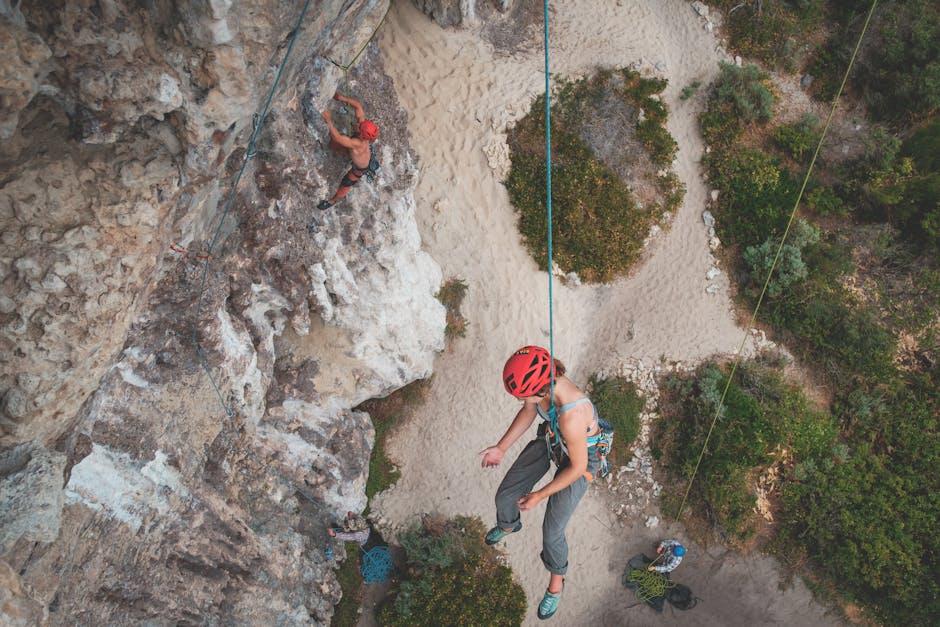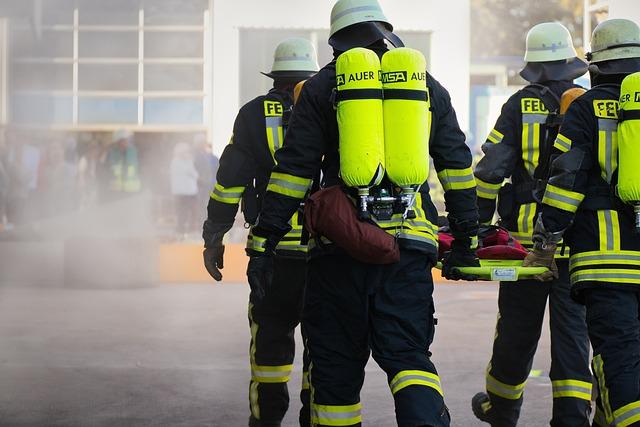In today’s increasingly interconnected world, travel has become more accessible than ever before, enticing adventurers to explore even the most remote corners of the globe. With this surge in global exploration, the travel insurance industry has boomed, offering travelers a safety net against unforeseen events such as medical emergencies, trip cancellations, and lost baggage. However, for those venturing into high-risk territories—whether due to political instability, extreme sports, or volatile climates—the question arises: does travel insurance truly provide the security it promises, or does it foster a false sense of invulnerability? This article delves into the intricacies of travel insurance policies, examining their limitations and evaluating whether they adequately protect high-risk travelers or merely offer an illusion of safety. By understanding the potential pitfalls and realistic expectations of travel insurance, travelers can make informed decisions that align with their adventurous pursuits.
Understanding the Limitations of Travel Insurance for High Risk Activities
When engaging in high-risk activities such as skydiving, scuba diving, or mountain climbing, it’s crucial to understand that travel insurance policies often have specific limitations. While these policies are designed to provide a safety net, they frequently exclude coverage for activities deemed risky or hazardous. Before embarking on your adventure, it’s important to scrutinize the policy details and be aware of potential exclusions. Here are a few key aspects to consider:
- Policy Exclusions: Many standard travel insurance plans explicitly exclude high-risk activities. Always check the fine print for any activities not covered.
- Additional Coverage: Some insurers offer optional add-ons for high-risk activities, but these come at an extra cost. Evaluate whether the additional expense aligns with your planned activities.
- Pre-Existing Conditions: If you have any pre-existing medical conditions, understand how they might impact your coverage, especially during high-risk activities.
- Claim Limitations: Be aware of any limits on claims related to injuries or accidents during such activities, as these can significantly affect your financial protection.
Being well-informed about these limitations can prevent unexpected financial burdens and ensure that your adventurous spirit is matched by a comprehensive understanding of your insurance coverage.

Evaluating the True Coverage: What Travel Insurance Really Offers
When considering the breadth of travel insurance, it’s essential to delve into what policies truly encompass, especially for those embarking on high-risk adventures. Travel insurance is often marketed as a safety net, yet the specifics can be nuanced. Policies typically offer coverage for:
- Medical Emergencies: Includes hospital stays, doctor visits, and sometimes even medical evacuation.
- Trip Cancellations: Reimbursement for non-refundable expenses if your trip is unexpectedly canceled.
- Lost or Stolen Belongings: Compensation for luggage and personal items that are lost or stolen during your travels.
However, travelers should be vigilant about the exclusions and limitations embedded within these policies. Many standard plans exclude activities deemed high-risk, such as extreme sports or travel to politically unstable regions. Additionally, coverage limits and deductibles can significantly affect the financial support provided. It’s crucial for travelers to scrutinize the fine print, ensuring their specific needs are met, and to consider purchasing supplementary coverage if their itinerary includes high-risk activities.

Identifying High Risk Travel Scenarios Often Overlooked by Insurers
When evaluating travel insurance, it’s crucial to recognize scenarios that might not be covered as comprehensively as one might expect. While insurers often cover common risks like flight cancellations or lost luggage, certain high-risk situations can slip through the cracks. Adventure activities such as bungee jumping, scuba diving, or mountain climbing frequently require additional coverage. Without this, travelers might find themselves without support in case of an accident.
- Remote Destinations: Traveling to areas with limited medical facilities or emergency services might not be fully covered, leaving travelers vulnerable.
- Political Unrest: Visiting regions with unstable political climates can be risky. Insurance policies often exclude coverage for incidents related to civil unrest or war.
- Pre-existing Medical Conditions: Travelers with health issues may assume they are covered, but many policies have exclusions or require disclosure of pre-existing conditions.
Understanding these overlooked scenarios is essential for travelers to ensure they have adequate protection and are not lulled into a false sense of security by standard travel insurance policies.
Practical Tips for Enhancing Safety Beyond Travel Insurance
While travel insurance is an essential component of any trip, relying solely on it can lead to a false sense of security. To truly enhance your safety, consider implementing additional measures. Start by conducting thorough research on your destination. Understand the local laws, cultural norms, and any potential risks you might face. Stay informed by registering with your country’s embassy or consulate, which can provide alerts and assistance in emergencies.
Next, equip yourself with practical safety tools and strategies. Carry a basic first-aid kit and ensure your mobile phone is equipped with essential apps like maps, translators, and local emergency numbers. Practice situational awareness by being mindful of your surroundings and trusting your instincts. It’s also wise to share your itinerary with a trusted friend or family member and establish regular check-in times. These proactive steps, combined with your insurance, can significantly reduce risks and enhance your peace of mind while traveling.
- Research and understand your destination.
- Register with your embassy for alerts.
- Carry a first-aid kit and essential apps.
- Be aware of your surroundings.
- Share your itinerary with a trusted contact.

